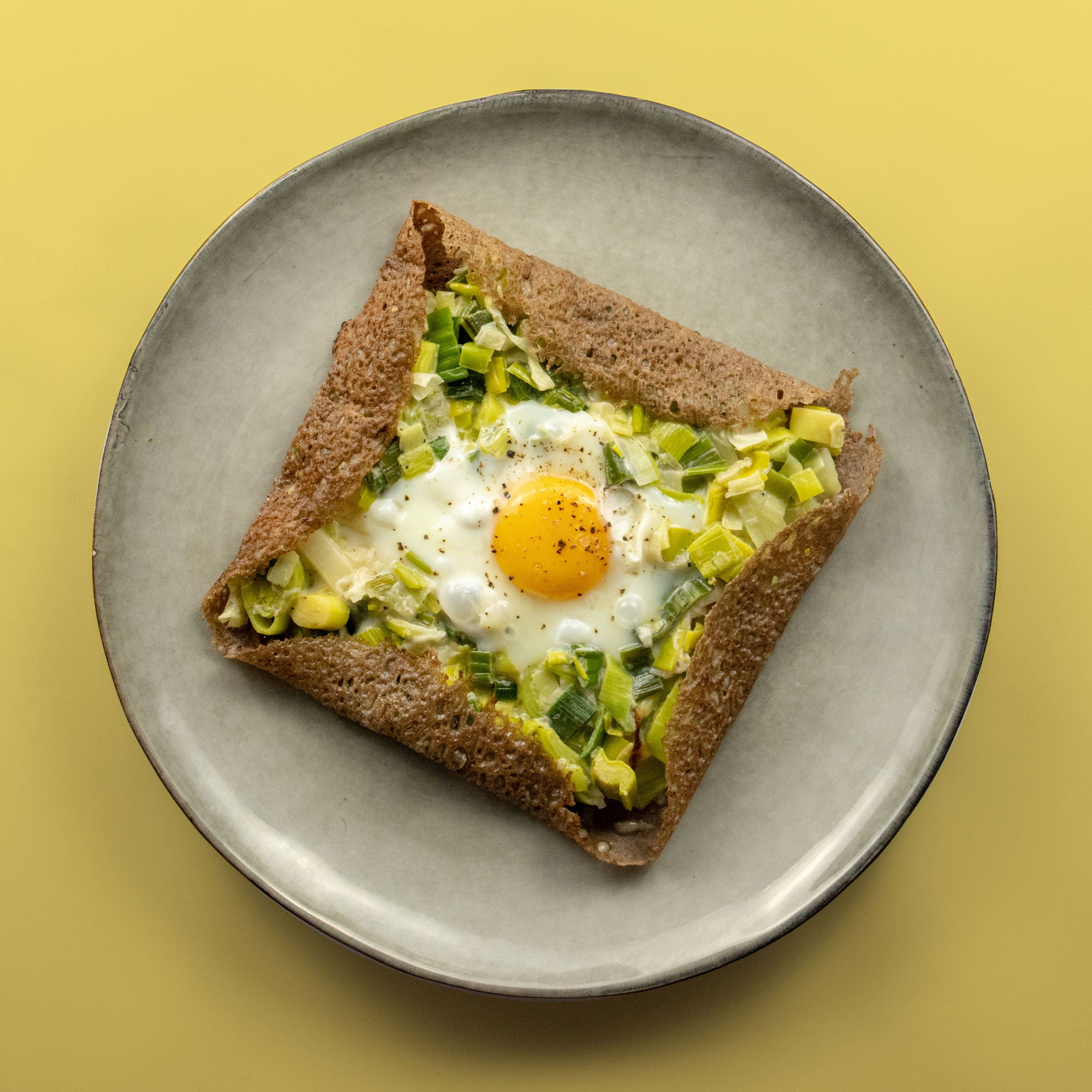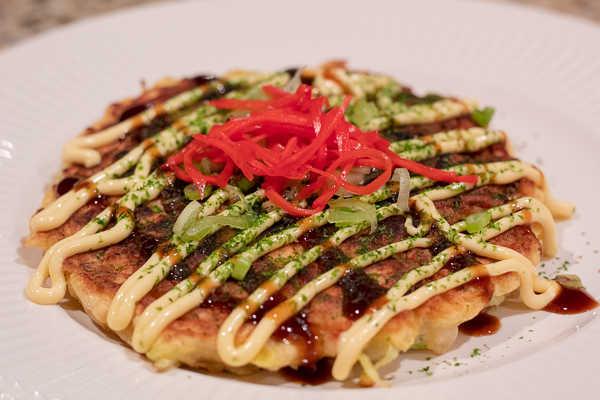For this week’s recipe, I’ve decided to make Lohipiirakka also known as Salmon Pie. Since it’s our last week of passion blogs, I decided to go all out and try a more time-consuming recipe. I also thought it would be fun to make from a traditional Finnish recipe website (there was a lot of Google translate and metric conversions involved).
As I briefly mentioned before, Lohipiirakka is a Finnish dish, particularly from the region of South Karelia. From what I read, it seems that Lohipiirakka is a dish that people can snack on during a get-together or in between meals. There is also a lot of history of Finnish and Russian influence on this dish which was interesting to read about. A New York Times article from 1986 had a surprisingly in-depth article about the different Russian and Finnish variations of savory pies (I’ll link it down below if anyone is interested in checking it out). I’ve also learned that there is a lot of variation between how these pies actually look (from small personal ones to larger ones like the one below).
The ingredients I used were surprisingly easy to find. Smoked salmon is the key to my heart so I was really excited to try this recipe out. There are two main parts to this dish: the base (crust) and the filling. Once you have you’re ingredients, the rest isn’t overwhelmingly complicated. You just have to mix the ingredients of both parts together and bake them accordingly.
A tip I came across on many of the recipes I read through made sure to emphasize not straying too far from the pie when it is in the oven because the cooking time is way too variable and you could very easily burn the whole thing. It’s a good thing I listened because the pie was actually done much before I originally expected. The whole process from start to finish probably took about an hour and 10 minutes. That being said, I think that not having to figure out translations and conversions would definitely cut down on the time I spent, so I expect it to take less next time.
I’m really happy with how this recipe came out. It was really good and I will definitely be eating it as an afternoon snack for the next week. The whole thing reminded me a lot of a sort of quiche. While it did take more work than some of the other recipes I’ve tried making, it really is delicious and I definitely look forward to making it again sometime soon.
One version of the recipe I read suggested playing around with what to include in the filling. I really like when recipes account for variations like that because then you can personalize the dish to your own preferences or available ingredients. I think the next time I make this dish, I’ll try adding some feta or vegetables and see how it turns out.
Thank you all for reading my blog this past semester! I’m going to miss commenting on passion blogs with you all. As always, if you do decide to try this recipe out I’d love to hear what you think of it.
Sources:
https://www.nytimes.com/1986/08/03/travel/fare-of-the-country-finnish-stew-of-meaty-riches.html









 Overall, this recipe was honestly pretty simple. You just have to blend a handful of ingredients to make the pesto, cook some pasta, and boil potatoes and green beans. Some recipes are very specific about what type of pasta to use for your dish, while others seem to say it doesn’t really matter. I ended up just using whatever I had in my kitchen, which was fettuccini. To save space and time, I even cooked the potatoes with the pasta. Even though it’s not hard at all, this recipe definitely feels very authentic. Maybe it’s because I had to read parts of it in Italian, but this recipe made me feel like I was really engaging in Italian culture. I always thought that making my own pesto would be too much work, so I always opted for the jarred pesto option. After this week though, I now know that not only is making it not difficult at all but the whole recipe takes not much more work than making plain pasta. I’ll definitely have to make it a regular dinner meal.
Overall, this recipe was honestly pretty simple. You just have to blend a handful of ingredients to make the pesto, cook some pasta, and boil potatoes and green beans. Some recipes are very specific about what type of pasta to use for your dish, while others seem to say it doesn’t really matter. I ended up just using whatever I had in my kitchen, which was fettuccini. To save space and time, I even cooked the potatoes with the pasta. Even though it’s not hard at all, this recipe definitely feels very authentic. Maybe it’s because I had to read parts of it in Italian, but this recipe made me feel like I was really engaging in Italian culture. I always thought that making my own pesto would be too much work, so I always opted for the jarred pesto option. After this week though, I now know that not only is making it not difficult at all but the whole recipe takes not much more work than making plain pasta. I’ll definitely have to make it a regular dinner meal.